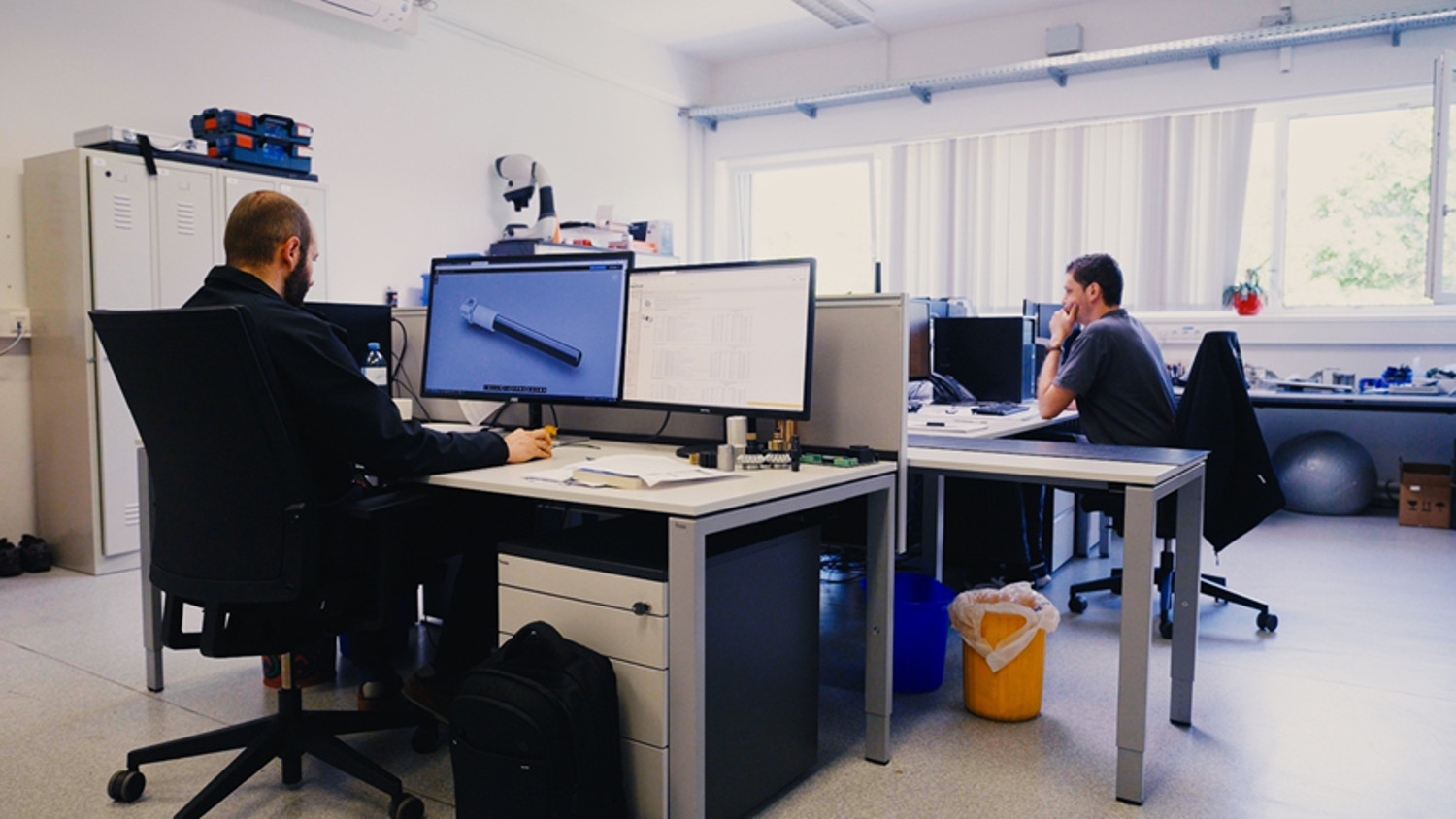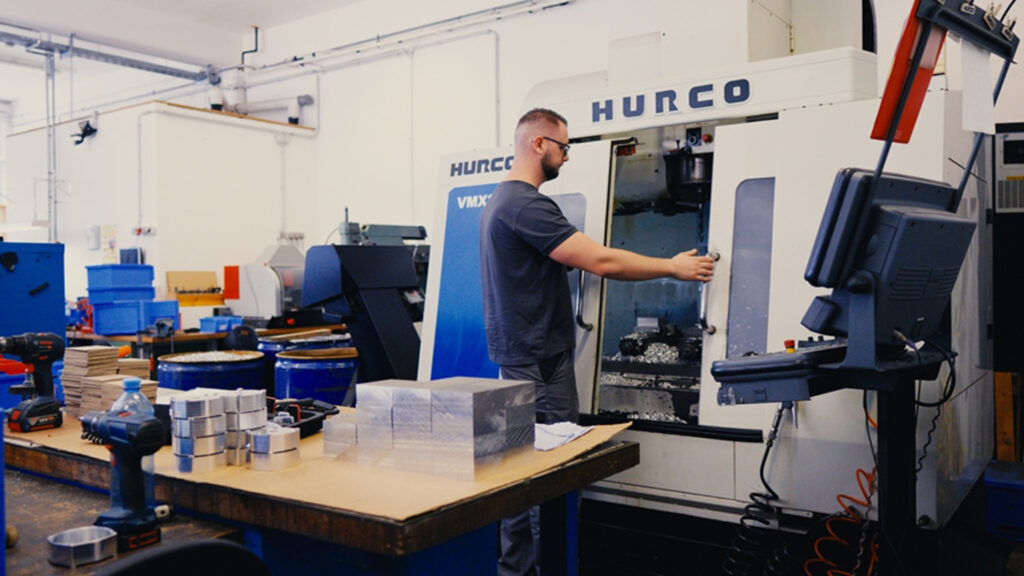The job market has recovered quickly from the COVID-19 pandemic, with many countries nearing historic unemployment lows. That’s generally good news, but it also poses an immense challenge for design and make organizations. Even the most flexible work arrangements and the most ambitious digitalization efforts will only reap the expected benefits if an organization has the right employees in the right roles.
The Autodesk 2023 State of Design and Make survey found that business leaders and experts across industries identified attracting and retaining talent as a top challenge over any other factor. Even among respondents who did not cite talent as a top challenge, the majority still acknowledged that they have trouble finding skilled employees.
Causes and consequences of the talent shortage
There are a few factors driving this talent shortage. One of the main ones is that based on experience during the pandemic, employees now want more-flexible work arrangements. However, not all companies have responded to this shift. Additionally, some younger employees want to join companies aligned with their values, often including a reputation for sustainability.
That said, even companies that offer remote or hybrid arrangements and focus on sustainable operations face gaps in hiring employees with the right capabilities. Some countries—Japan, Korea, and Italy among them—are contending with an aging workforce coupled with a lack of new potential employees that reflects decades of slowing population growth. And as employees leave organizations, they take valuable experience with them. Coral Butler, head of digitally enabled lean project delivery at PM Group, notes that some senior-level employees retired a year or two early during the pandemic, leading to a loss of institutional knowledge and depriving junior employees of mentorship.
Additionally, the challenge of filling roles has tangible, real-world consequences for businesses. Increasing competition can drive up demand for employee compensation. Beyond that cost, 59% of respondents said they experienced project delays over the past year because of talent gaps, and 52% said that an inability to find the right talent prevented their companies from meeting innovation goals.
Fine-tuning strategies to close the talent gap
One response to this challenge is to increase investment in talent acquisition and employee retention. But what specific actions can businesses take to do so? We’re seeing major shifts across the employment lifecycle, from how companies recruit to how they onboard and train new employees.
Virtual recruitment
Across industries, employers still look for employees with core technology skills, collaboration skills, regulatory knowledge, innovation skills, and the capacity and motivation for ongoing learning. New virtual tools empower companies to cast wider nets to recruit across geographic regions, and many cloud-based programs can assist in reviewing and identifying prospects. Once promising recruits are identified, virtual tools can connect them to current employees and digital resources from which they can learn more about the organization.
Virtual onboarding
The onboarding experience has also changed. Younger workers who have experienced remote learning at the high school or college level may well expect some of their onboarding to be done virtually. While some companies still hold in-person group orientations and/or off-site mass training sessions, digital collaboration platforms support many onboarding activities by facilitating virtual office walk-throughs, team introductions, Q&A sessions with team leaders, and group projects. The typical new employee paperwork is frequently completed virtually before day one.

On-the-job training
There’s been an increase in the prevalence of on-the-job training of new employees and upskilling of current employees. More than half of survey respondents said their companies are hiring employees who lack the skills needed for their positions and, accordingly, plan to train them on the job, while more than 90% agreed that upskilling current employees is important to their companies. The rapid pace of change in technology-enabled design and make sectors requires constant learning to maintain proficiency.
Implementing easy-to-use tools
To make on-the-job training and upskilling efficient, thorough, and consistent across an organization, many businesses are focusing on purchasing tools with shallow learning curves that can expedite skill acquisition of new and veteran employees. In the design and make industries, Autodesk Fusion 360 is a go-to tool for companies of all sizes who need to train, upskill, and retain employees to stay competitive. It’s the only tool on the market that integrates professional CAD, CAM, CAE and PCB tools, making it easy for teams across organizations stay on the same page throughout the product development process. Because Fusion 360 is a cloud enabled tool, teams can easily collaborate in real-time from anywhere—making employee demand for remote and hybrid working environments more accessible.
Enriching company culture to improve employee satisfaction
Organizations are also taking steps to create cultures that will help retain employees. “To get the best talent, you need to have an appealing work culture. Employees want to know that they won’t just be completing tasks given to them. They want to bring their own viewpoints and creativity to their jobs,” says Stefan List, head of CabinMarket Insights at Airbus .
As well as creating new work arrangements, some organizations are aiming to keep employees in the fold by improving benefits. Viewrail, a modern stair and railing system company, has not only moved to a four-day work week—it has also implemented unlimited paid time off, and taken steps to ensure that people take maternity and paternity leave.
Ensuring employee satisfaction during the talent shortage
This unprecedented competition to attract and retain top talent is being waged on many fronts, from recruiting and onboarding to benefits packages, to training and development. Ensuring employee satisfaction is critical to retention and will be part of bridging the talent gap. Organization leaders may want to invest more in employee engagement activities to ensure they understand the current state of employee morale, or those investments in recruiting, onboarding, and training may not yield the long-term returns they expect. Fusion 360 checks multiple boxes, making on-the-job training, upskilling and remote work possible, making it an attractive solution for businesses across the design and make industries.






